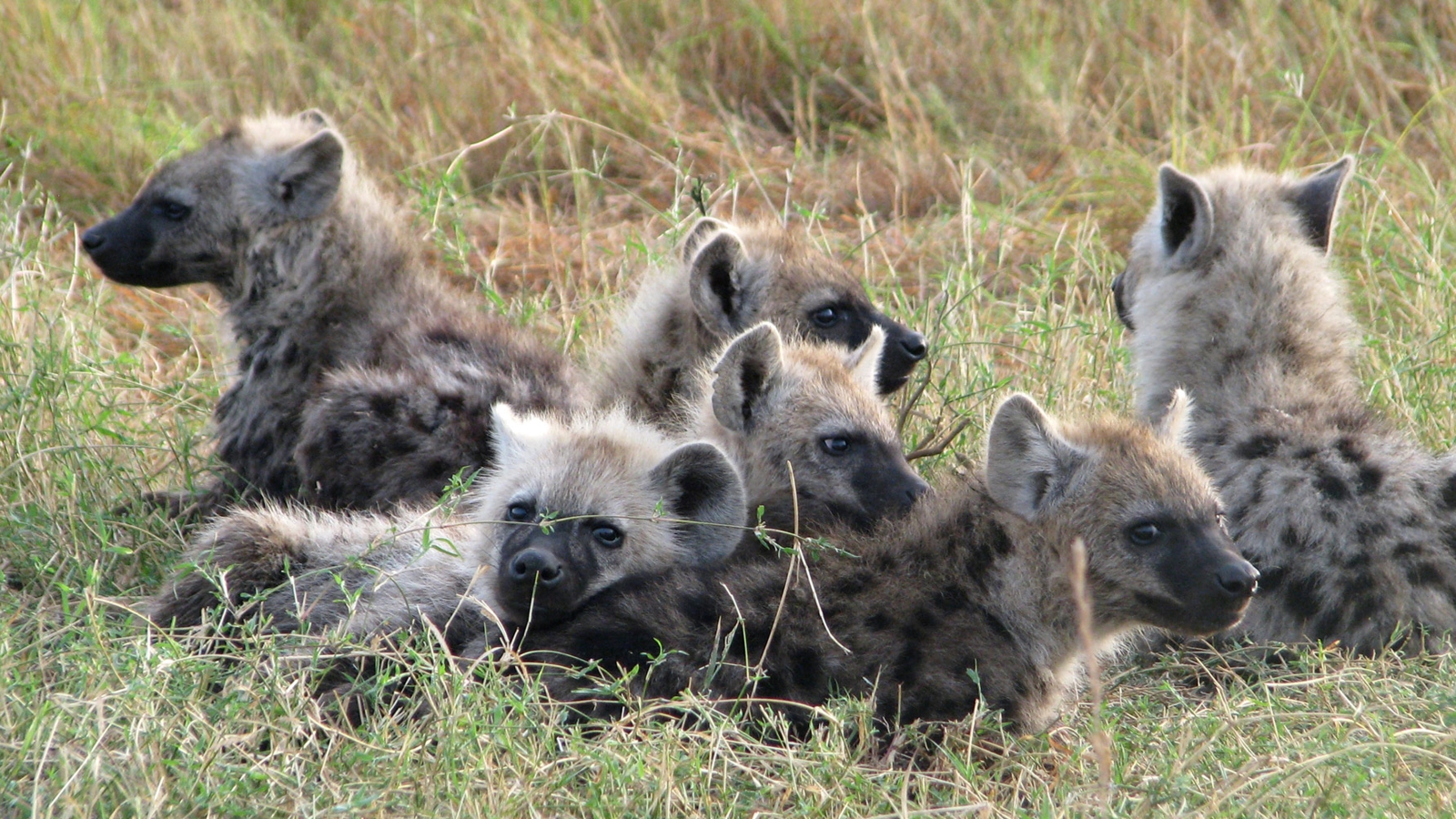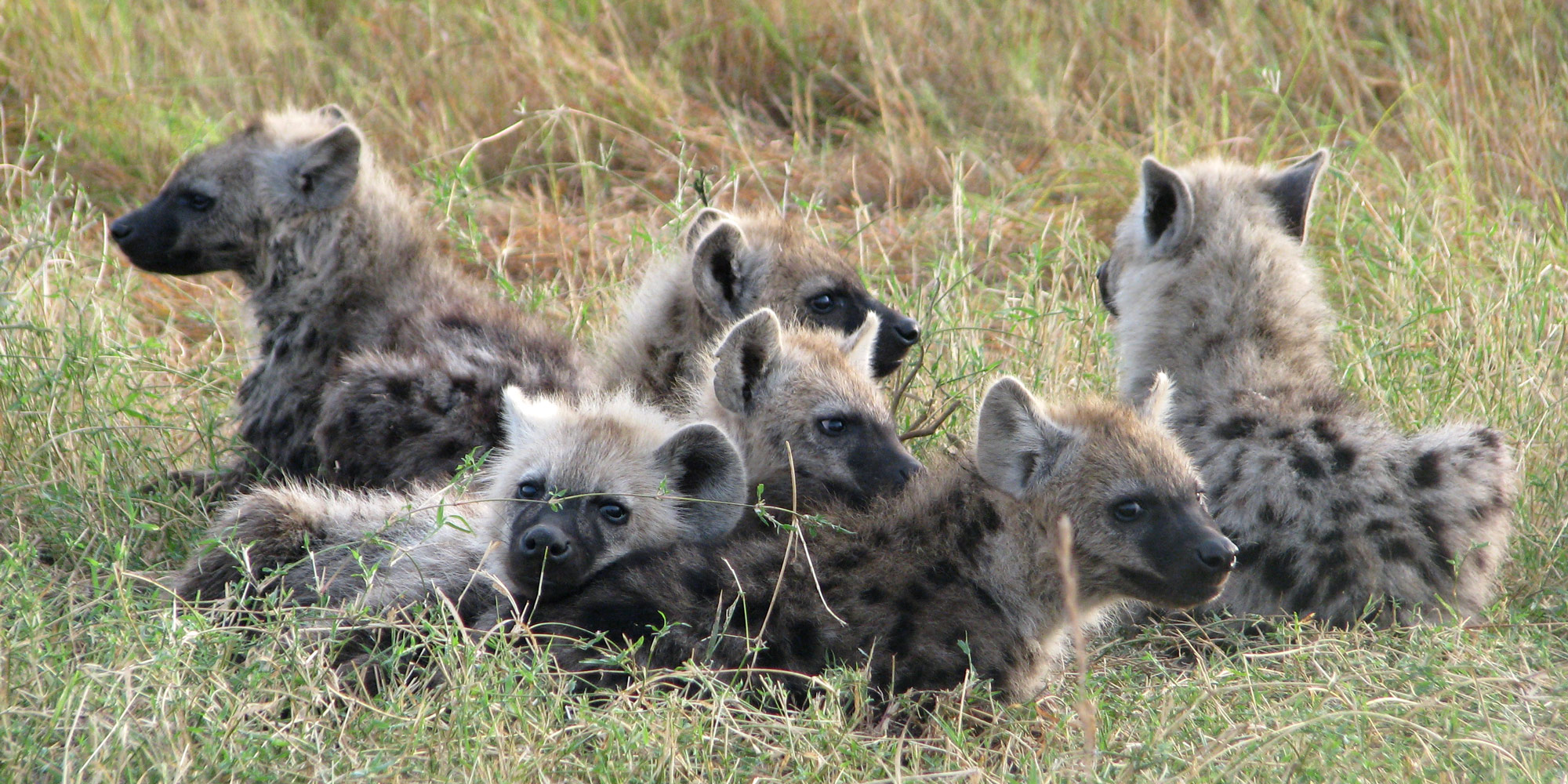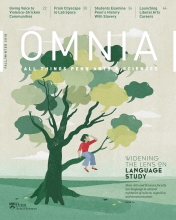Examples of cooperation abound in nature, from honeybee hives to human families. Yet it’s also easy enough to find examples of selfishness and conflict. Studying the conditions that give rise to cooperation has occupied researchers for generations, with implications for understanding the forces that drive workplace dynamics, charitable giving, animal behavior, even international relations.
A basic tenet of these studies is that cooperative behavior arises when individuals interacting in a social network derive some benefit from being generous with one another. Yet social networks are not fixed. What if the structure of the network itself alters as individuals become more cooperative?
In a report in the journal Nature Communications, Erol Akçay, Assistant Professor of Biology, addresses this question of how an evolving social network influences the likelihood of cooperation in a theoretical social group. He finds that, although networks in which connected individuals are closely related are more likely to cooperate, such groups can trigger a feedback loop that alters the structure of the network and leads to cooperation’s collapse.
“We know from a half-century of study that cooperation is quite easy to evolve in principle,” says Akçay, “in the sense that there are many, many sets of conditions that can make cooperative behaviors a better strategy than non-cooperative behaviors. So given that, why isn’t the world a cooperative paradise? Because we know it isn’t.”
The work builds upon studies that Akçay pursued with former postdoctoral researcher Amiyaal Ilany, now a faculty member at Bar-Ilan University. They developed a mathematical model of how individual animals inherit their social connections that can explain the structure of social networks in animal groups. In the new work, Akçay built on that earlier model by adding in an element of choice; individuals in the network could either connect with a parent’s connection, or randomly with individuals aside from a parent’s connections. The probabilities of making each type of connection determine the structure of the network.
Each individual in the model was further designated to be either a cooperator or a defector. Cooperators provide a benefit to those they connect with, but the total amount they provide is fixed, so the more connections they have, the less each connection receives. Both cooperators and defectors reap a benefit based on the number of links to cooperators they possess, but defectors don’t offer anything in return.
Somewhat intuitively, Akçay found that groups with low levels of random linking—that is, connections not made through a parent—were more likely to have cooperation emerge, because they resulted in high relatedness between connected individuals. In contrast, the probability of making connections through one’s parent had a relatively small effect on cooperation. But when he let the model continue to run, he found something he hadn’t anticipated.
“If everyone is handing out candy,” Akçay says, the best strategy is to “just go collect candy from everyone without being too selective about the connection.”
In other words, in a mostly cooperative population, making random links is just as beneficial as only making links to your parent’s connections. That leads to a situation in which cooperators begin forming connections with defectors, triggering a decline in the overall cooperative nature of the network.
But Akçay did find a way to push back against the descent into defection. When making a social link is costly—such as the time primates spend grooming one another, or the effort that goes into remembering to send a holiday gift to distant relatives— the likelihood of making random links goes down, and so, too, does the probability that a cooperative society will collapse into selfishness.
The work was supported by the Defense Advanced Research Projects Agency, Army Research Office, U.S.-Israel Binational Science Foundation, and National Academies of Science Keck Future Initiative.





